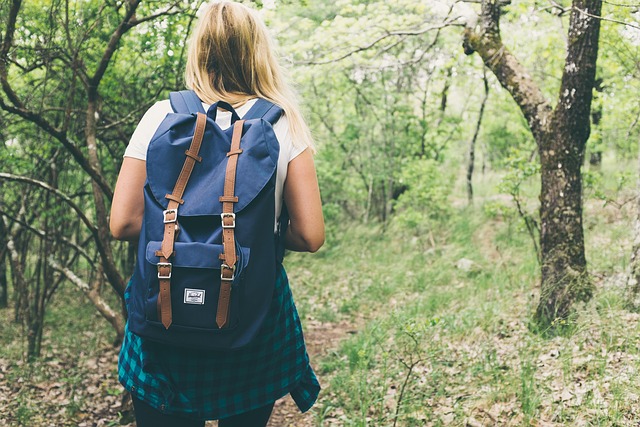Beautiful Plants For Your Interior
A Step-by-Step Guide to Organizing Your Backpack for a Hiking Adventure

Why does my backpack have so many straps?
Your backpack’s many straps serve a key purpose: they compress your gear, ensuring it’s tightly packed and maintains a balanced center of gravity. This helps improve comfort and stability while hiking. Before setting out, make sure all straps are securely fastened and tightened.
Many backpacks also feature hidden zippers—such as side and bottom zippers—that allow you to access items buried deep within your pack. Some packs even have a dedicated sleeping bag compartment at the bottom, with a zippered divider to keep your sleeping bag separate from dirty clothes, food, or wet gear. If you need more space, you can unzip this divider to extend the compartment.

How to avoid overpacking
For those who tend to overpack, remember that everything in your backpack becomes an extension of you once you’re on the trail. Less is always more, even if you’re not aiming to be ultralight.
Here’s a simple method to avoid overpacking:
- Lay out everything you plan to take—essentials like your sleeping bag, clothes, food, and shelter, along with extras like books or spare clothing.
- Separate the absolute essentials into one pile. Be strict and avoid putting luxury items in this pile.
- Cut the remaining “luxury” pile in half. You likely won’t need most of those extra items anyway.

How do I pack my backpack?
Packing a backpack is more of an art than a science, but following a few key principles can get you most of the way there. Remember the two C’s: comfort and convenience.
- Comfort: Your pack should maintain a balanced center of gravity to ensure comfort during the hike.
- Convenience: Pack in a way that allows easy access to frequently used items, so you don’t have to dig through everything at each stop.
How do I pack my backpack comfortably?
To stay balanced and comfortable, pack your heaviest and densest items, such as food, water, and cooking equipment, close to your back, ideally around your shoulder blades. This positioning helps prevent these items from shifting as you hike, which could throw off your balance. Lighter items, like clothing, can be used to fill in gaps and keep everything secure.
How do I pack my backpack for convenience?
To avoid having to rummage through your entire pack, organize your gear based on how often you’ll need it. Place items you won’t need until camp, like your sleeping bag, at the bottom. High-use items, such as your jacket for chilly breaks, should be packed near the top for easy access.

Should I use compression sacks?
Smart packing might not be enough to keep your gear organized; sometimes compression sacks can be a great help. Here’s why they’re useful:
- Space-saving: Compression sacks remove excess air, making room for more gear.
- Organization: They help you keep items sorted by type.
- Water protection: Many compression sacks are water-resistant, keeping your gear dry in wet conditions.
However, compression sacks do have downsides. Compressing your gear into odd shapes can create empty spaces in your pack. You can use soft items like clothing to fill those gaps and keep your load stable.
Note: Never store your sleeping bag in a compression sack when you’re off the trail, as long-term compression can damage its loft and reduce its insulation ability.
How do I prepare my backpack for rain?
Don’t let a sudden rainstorm soak your gear and ruin your hike. Prepare your backpack for bad weather with these options:
- Backpack Rain Cover: This inexpensive cover protects the outside of your pack from moisture. Keep it easily accessible in a front pocket for quick use.
- Compression Sacks: Water-resistant compression sacks can provide an extra layer of protection for important gear inside your pack.
- Trash Bags: A budget-friendly alternative is to use heavy-duty plastic bags. Line your backpack with them or place sensitive items inside individual bags to keep everything dry.
